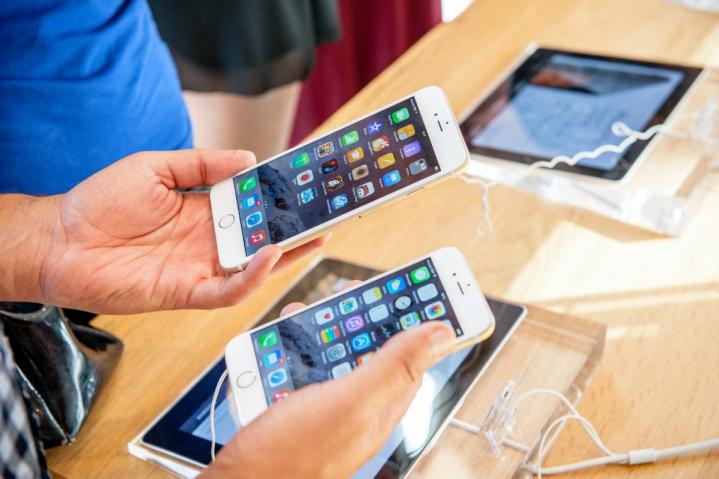
The research firm’s latest update revealed that worldwide smartphone sales notched the slowest growth rate since 2013 in the second quarter. More specifically, a total of 330 million smartphone units were sold in the second quarter, a rise of 13.5 percent from the same quarter in 2014.
“While demand for lower-cost 3G and 4G smartphones continued to drive growth in emerging markets, overall smartphone sales remained mixed region by region in the second quarter of 2015,” said Anshul Gupta, research director at Gartner.
The fastest growing regions of the world in terms of smartphone sales in the second quarter were emerging Asia-Pacific, Eastern Europe, and Middle East and Africa. Chinese and local

Speaking of China (which is not included in Gartner’s definition of “emerging Asia-Pacific”), Gartner reported that smartphone sales in China declined for the first time year-over-year, dipping 4 percent. Gupta said China accounted for 30 percent of
“China has reached saturation — its phone market is essentially driven by replacement, with fewer first-time buyers,” Gupta said. “Beyond the lower-end phone segment, the appeal of premium smartphones will be key for vendors to attract upgrades and to maintain or grow their market share in China.”
The smartphone slowdown in China isn’t a complete surprise. In May, IDC China reported that for the first time in six years, the number of smartphones shipped to China had fallen.
Samsung’s new Galaxy S6 and S6 Edge smartphone flagships have done little to fend off Apple and its iPhone 6 and 6 Plus smartphones. While Samsung continues to lead with 21.9 percent of
In China, iPhone sales surged 68 percent to 11.9 million units in the second quarter, according to Gartner. This was a big driver in Apple’s year-over-year growth.
Gartner’s report also showed that Android was running on 82.2 percent of smartphones sold in the second quarter, followed by iOS with 14.6 percent, Windows with 2.5 percent, and BlackBerry with 0.3 percent.
Editors' Recommendations
- iPhone Flip: what we know about Apple’s first foldable phone
- I’m going to CES for the first time in 7 years. Here’s the tech I’m taking with me
- Check out this old news report of when Apple released the first iPhone
- Apple has almost 50% of the global refurbished smartphone market
- The 15 most important smartphones that changed the world forever


